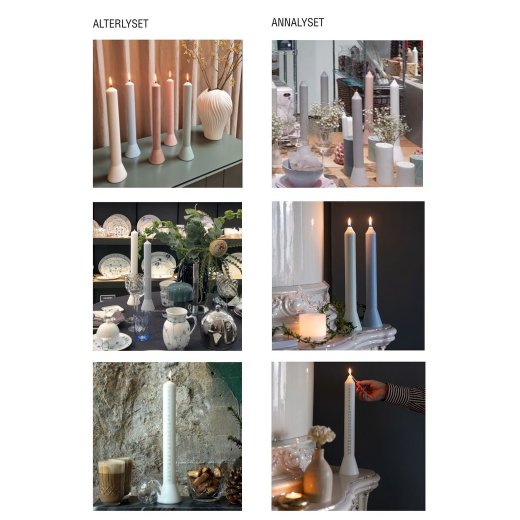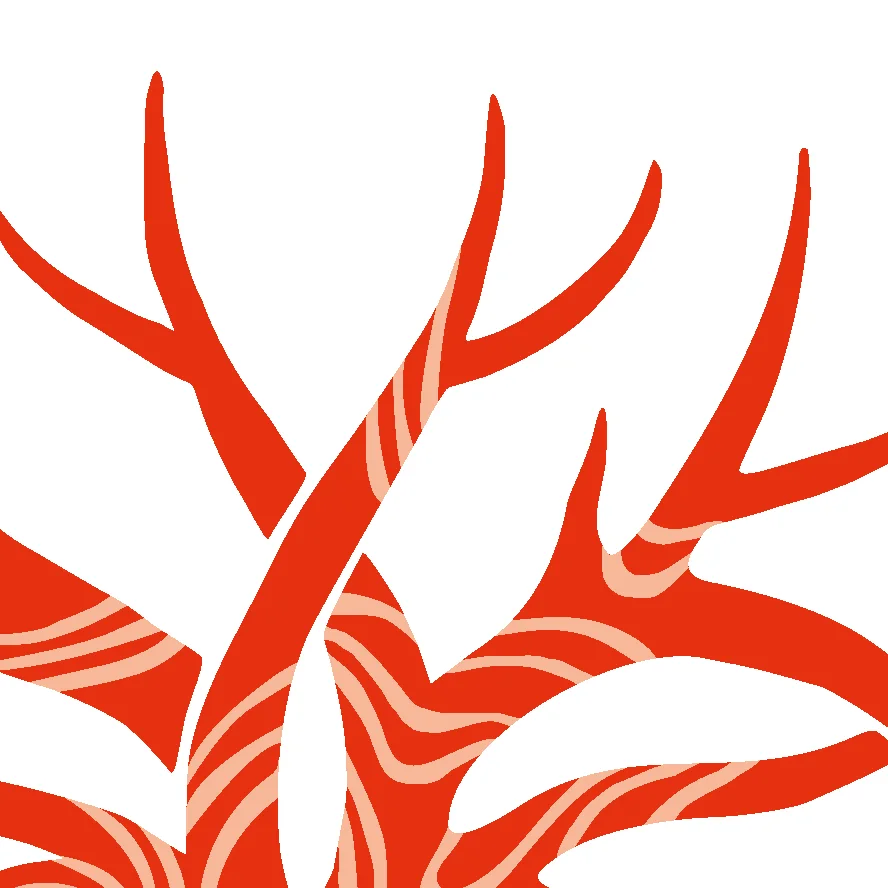AI - is it the future of design?
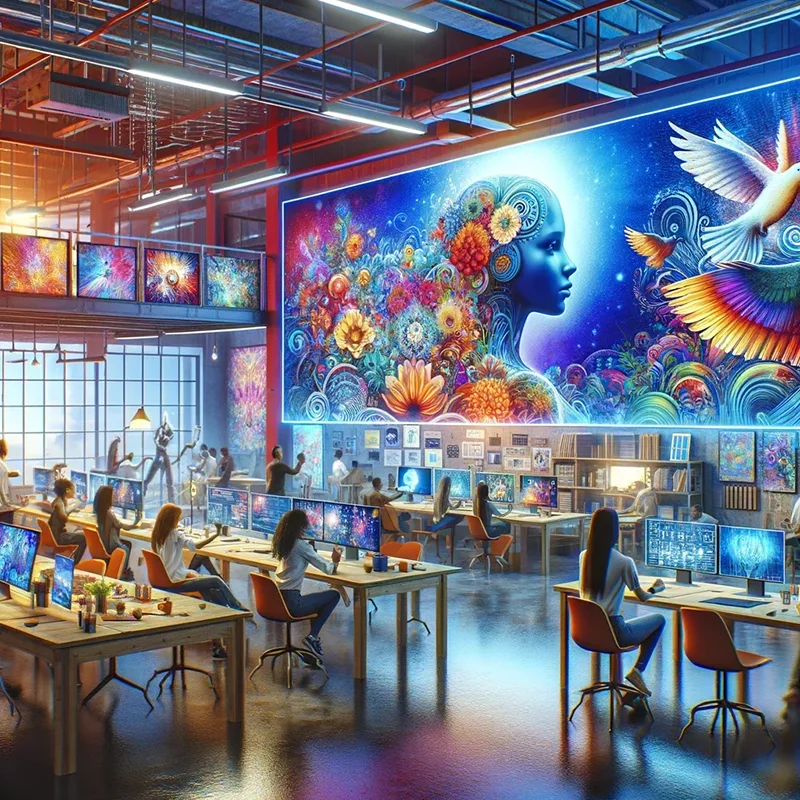
The design profession has always existed in a close symbiotic relationship with technology. With Artificial Intelligence (AI), technological development has taken a quantum leap towards what appears to be the ultimate peak - machines capable of creating autonomously. Naturally, this has set everyone in motion, and the perspectives call for a significant transformation on many levels. Where does design stand as a profession, and where does the individual designer fit into this technological evolution?
by Simon Lange
AI is both a design tool, a material, and a complex transformation.
Artificial Intelligence (AI) is a collective term for technologies that simulate human intelligence. AI encompasses Machine Learning, Language Models (LLM), Speech-to-Text, Text-to-Image and Video, Chatbots, Computer Vision (data from images and video) and more. AI is not a new technology; the first chatbots are approximately 50 years old. AI has primarily been used to calculate and predict events with great precision. In the last 5-10 years, product designers, in particular, have incorporated AI into solutions. However, technology has taken a leap with the generative aspect – machines that can create something independently, as seen in ChatGPT, MidJourney, and Dall-E. This generative capability is a natural progression on the AI evolution curve, but it is exponential and perceived as a monumental breakthrough in just a year. “ChatGPT” became the word of the year in 2023 – a testament to a technology that has everyone’s attention, sparking much interest, debate, and speculation. Artificial Intelligence (AI) has become accessible, usable, and, above all, conscious to virtually everyone.
In businesses, numerous activities are underway to unlock the economic potential, and in 2024, it’s nearly impossible to undertake a project without AI. Simultaneously, the world is screaming for sustainable solutions that can ensure the planet’s and its residents’ well-being in the future. The design field will be impacted by this productivity improvement through intelligent tools. Simultaneously, designers must creatively leverage AI technologies to create usable and relevant products. However, the most crucial design competency is facilitating a positive AI transformation for all.
Design+AI – Tool or Collaborative Partner?
One area where all designers will be affected by AI is in processes and activities. AI, especially Generative AI, can be used as the foundation for tools that touch almost every step in a design process. Whether your process is classic creative design or based on Design Thinking, AI tools can optimise the time you spend and your role in the process. At the same time, some of the generative tools cannot be compared to traditional ones. They can create something independently, making talking about AI as an assistant or a collaborative partner meaningful.
Take the Design Thinking process as an example: Data processing is now done 1,000 times faster, allowing instant data-based empathy with the target audience – provided the data is available. The definition and prioritisation of problems and challenges will occur in the same automated process, allowing for simultaneously handling multiple hypotheses and customer segments. Generative AI can quickly generate new competent ideas for solutions, supporting the designer in the ideation process. Generative AI can also build solutions at the prototype level almost entirely unassisted. To test the prototypes, some tools provide instant feedback, while others can simulate tests and customer reactions.
The increase in productivity is almost overwhelming, pushing the designer into a different role. The designer guides AI in performing design activities, after which he/she validates the output and initiates the appropriate next activity. One could say that the role is elevated, becoming more leadership-oriented and strategic. As a designer, you can suddenly see yourself as the leader of many assistants, whom you can consult with and assign to time-consuming tasks. In this context, it is interesting that generative AI is a creative tool that can hallucinate and create things that do not exist beforehand. This may be frustrating for those seeking accurate answers, but it can be a great source of inspiration for the designer in other situations.
The AI design tools should empower the designer to deliver more and better quality when mastered. Unless, of course, it is the process itself that creates quality. Many would argue that it is by reading customer complaints, conducting collaborative workshops on opportunities, detailing prototypes, and overseeing user testing that ensures a level of high quality. Looking at the 2023 development of AI design tools, there have been multiple approaches to organising AI tools. Some will automate, others can augment, and others yet again function more as collaborators by suggesting ideas in the background. For example, the design program Figma has a wide range of AI-based plugins, and they do not all have the same approach. A hypothesis is that most AI design tools are finding a balance that allows the designer to remain in complete control and retain responsibility while being reinforced in their work through inspiration and assistance. The balance will, over time, become more personal and based on the designer’s skill level and intentions.
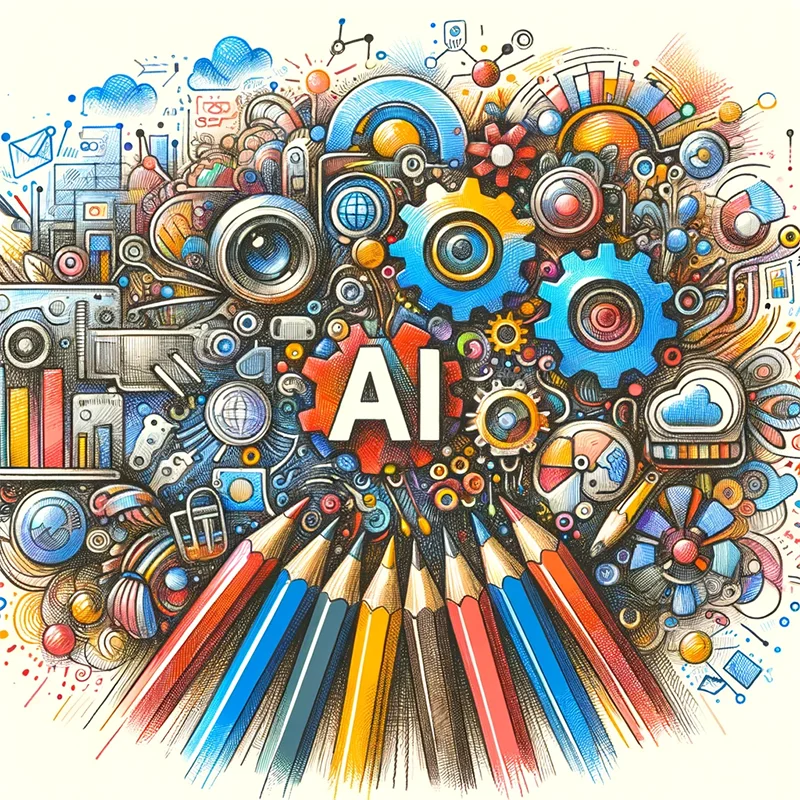
AI+Design – The Emergence of a New Material
ChatGPT appears as a product, but viewing it as a platform is better. A foundation from which other products, services, and experiences can be created. Large language models like ChatGPT are also called foundation models. These language models can be accessed via an API, thus available to everyone as a new material. This applies to almost all AI technologies.
The material’s properties are multifaceted, and how the designer should treat it is still under discussion. Several have adopted a design thinking model to leverage and treat AI specifically. Agencies and communities, such as 33a and AIxDesign, offer education, toolkits, and AI ideation cards. They have gained much experience in how design can embrace opportunities and handle challenges such as ethics and data.
https://aixdesign.co/
https://www.33a.ai/
The complexities surrounding ethics, rights, and data handling have led to a set of UX and UI design principles. How should the designer handle AI, and how should it be communicated to the user? There are also ongoing proposals for regulating the use of AI, providing a good guide for the designer. The designer should take ethical responsibility and challenge solutions in the design and development process.
John Maeda’s “Design in Tech Report” consistently serves as a reliable indicator of trends in the field of digital design. For many years, he has promoted the concept of Computational design, which entails the designer to “speak machine” – understanding the technical aspects in-depth and experimenting with code, among other things. This makes sense with AI as a material, and understanding the technology will give the designer more leeway. However, Maeda also believes that ChatGPT and generative AI demand a fundamental understanding of the essence of human communication and dialogue. This skill – being able to “speak human” – will be most valuable and create value in the future. He is thus advocating for a shift, and AI technology has brought about this change. It speaks to the complexity the designer is facing.
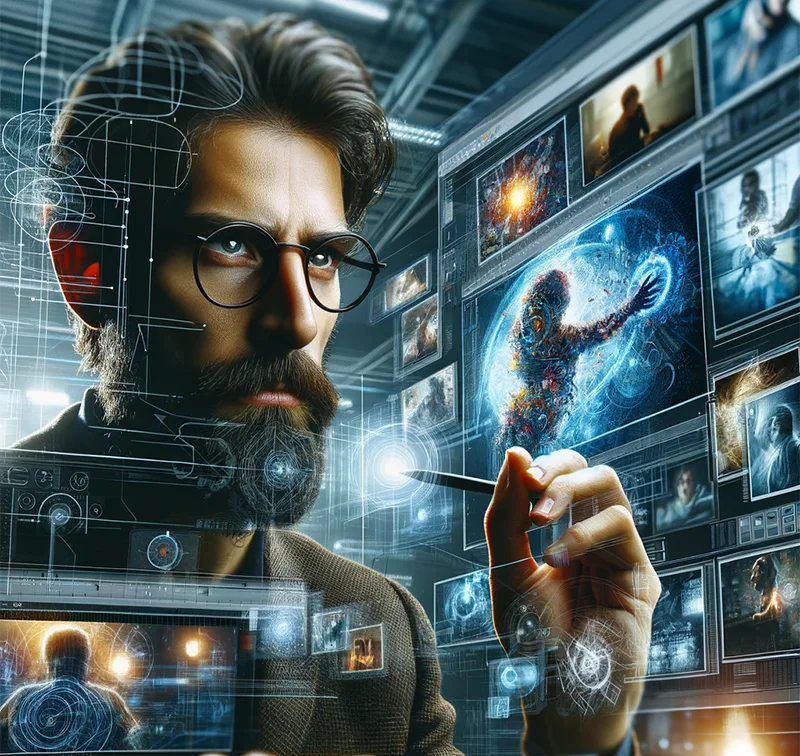
Design+AI+Design – Complex Change and Transformation
AI represents a technological change on par with or surpassing digitisation. Some argue that AI is merely a continuation of digitisation and technological development. However, this doesn’t alter the fact that AI will bring about significant changes in almost every context. Virtually all sectors are or will be affected by AI in terms of their organisation, operations, products, or services.
At the same time, AI will create opportunities to alter human behaviour, something we’ve spent years designing solutions for. Commerce is a field where the customer experience has been optimised in detail. The solutions have become smart, fast, and flexible, but in the future, the customer journey will look entirely different. AI assistants will research the market and find products that best suit you at the right price. This demands a fundamental redesign of the touchpoints in the journey. For more examples, read Ken Hughes’s always-entertaining blog on customer experience.
https://kenhughes.info/how-ai-changes-the-nature-of-the-cx-from-trust-to-companionship/
Historically, change has necessitated a significant need for design competencies. An “AI transformation” requires the designer’s holistic and facilitative abilities. AI will transform our world at multiple levels, making the need even greater. AI will alter employees’ work processes, expertise, and sense of responsibility. AI will change user experiences and shift the bar for what is considered valuable. At the same time, AI has the potential to bring about significant changes in health, psychiatry, economics, and the climate – for better or worse.
As a facilitator and communicator, design can play a significant role for companies currently in a frenzy because technology is evolving faster than it is possible to agree on the most relevant use cases. No one is truly an “AI consequence expert” yet, and design can become a valuable change agent.
This role is familiar to strategic designers, but it has essentially always been the role of all designers. Considering the mentioned design tools, we can hope that time will be freed up to rise and elevate responsibility to another level. With design tools, you simultaneously lower the barrier for others to contribute to the design process and inspire with solutions. This creates an additional need to facilitate collaboration around AI transformation in the company.
This design role moves into behaviour design, change management, and business development. There is also much inspiration to be found in actor-network theory to understand the interaction between humans and machines in an organisation. It is crucial for the designer to come to the table and ensure that AI creates value for everyone.
How can the designer’s role be strengthened in an AI transformation?
How can the designer’s role be strengthened in a world permeated by an AI transformation, which is taking crucial fundamental steps in these years?
Design is in symbiosis with technology, and designers cannot deny the reality they are designing for. To be great at this, one must understand their material and what the material does to people and the world. Therefore, it naturally requires technical insight, demystification, and experience.
At the same time, it’s essential to focus on human aspects, natural dialogue, reasoning, behaviour and the personal change we all face with AI. This technology will increasingly impact people every day. There is a great need for the designer to incorporate the human perspective into development – both in small personal experiences and in significant transformative consequences. Design already holds a strong position but could become more influential in strategic product and business development, where technology and dollars are decisive.
If you are still unfamiliar with AI, a convenient place to start is with the mentioned AI design tools. Force yourself to use them, understand how you react to them, and how they can change the design process for better or worse. It’s the first small step to gaining experience with AI.
The next step is to work with the material. If you are not part of an AI project, you can find many “sandboxes” to play in. Teachable Machine from Google is an example, but there are countless others.
https://teachablemachine.withgoogle.com/
The next step is to understand the transformation in its entirety. It is a complex ongoing activity, but it’s essential to have a sense of what is happening for employees in the company, for the culture in the organisation, for operational processes, for business development, for society, and for the climate, among other things. Where are the typical use cases, and is a best practice being established? If the designer does not have this understanding, they cannot leverage their facilitating change agent potential.
No matter how you describe your role as a designer, there is still some time to become familiar with the technology, establish new insights, process the material, and formulate principles or best practices.
About Simon Lange

Simon Lange is a design leader with 20+ years of experience in digital design, UX and strategic design. He has build several design teams in companies, agencies and consultancies. In resent years he has managed design teams focusing on AI product design and transformations. He has experiences defining strategy, processes, capabilities and bringing it to the market. The intersection of AI and Design is a field fast evolving and Simon will be joining as a co-host in the new Design denmark networking group to explore it together with other designers.
AI+D Network
At Design denmark, we have established a networking group that will explore how design and AI are intertwined and could mutually benefit each other. Together, we will dive into AI technology, understand AI as a tool and as a material, explore and reflect on use, misuse and consequences, and hopefully advise on the possibilities and challenges of tomorrow’s design. Find more info about upcoming network activities in our calendar section or on Design denmark’s LinkedIn – or get in direct contact at info@designdenmark.dk

